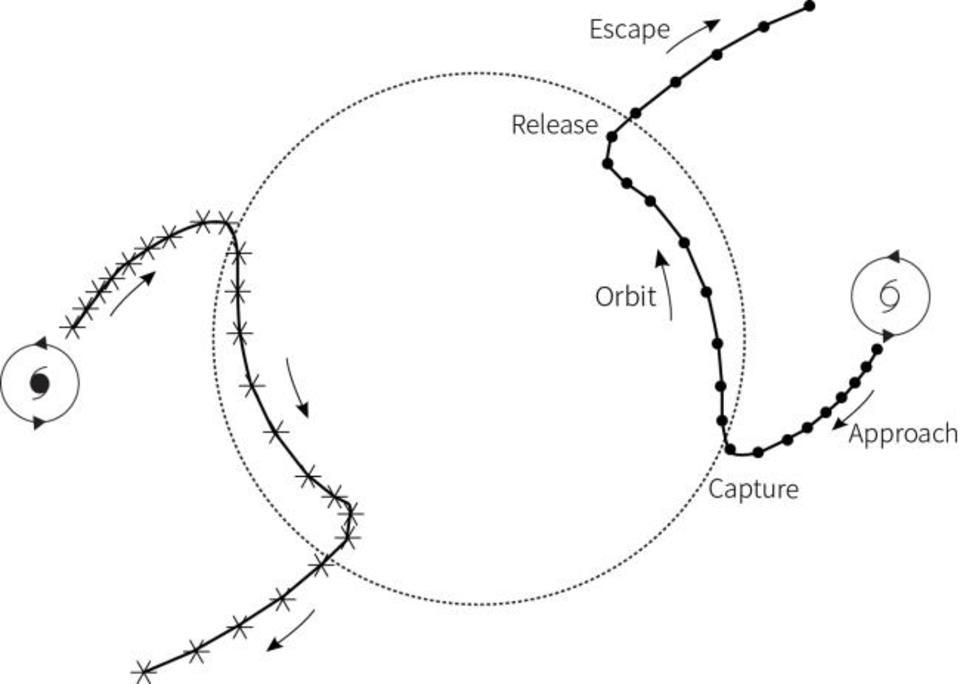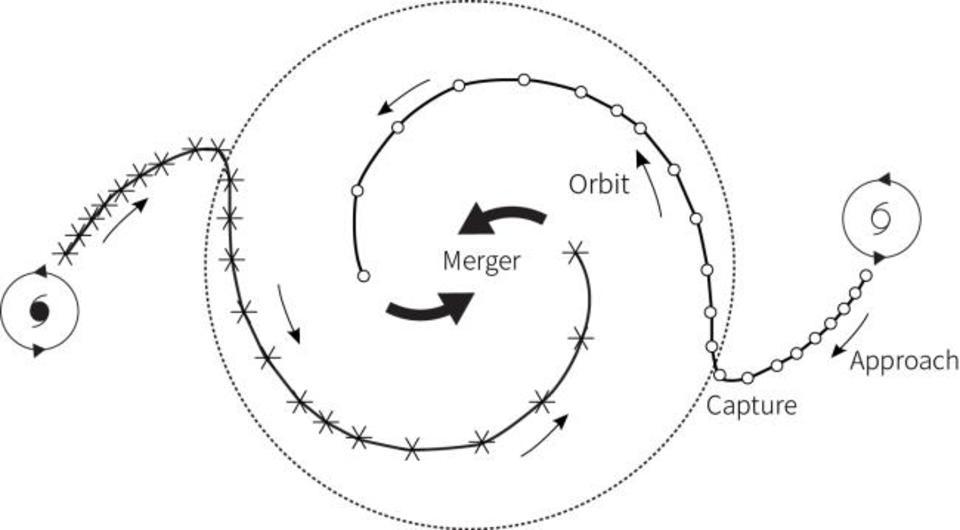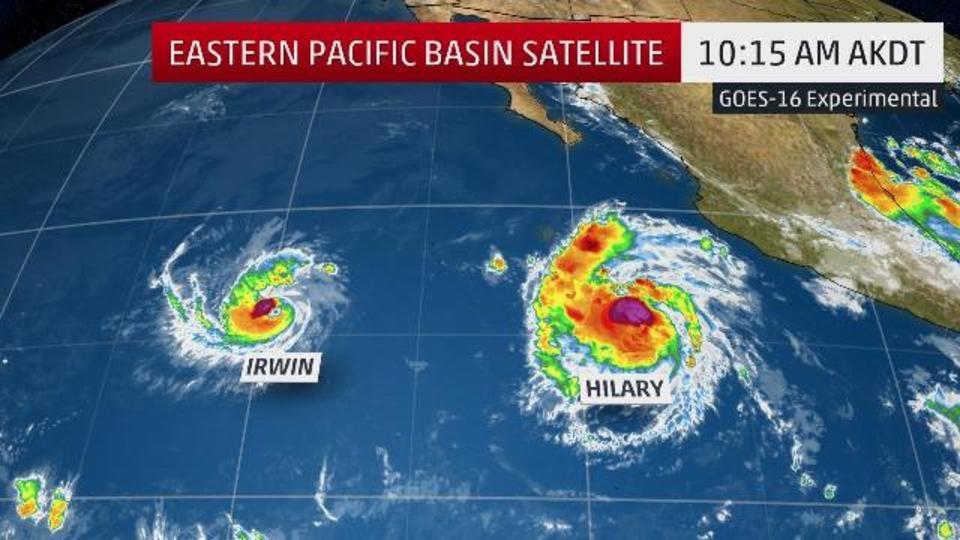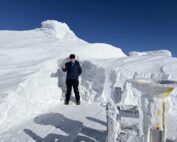The Fujiwhara Effect
2017-09-19 15:22:06.000 – Taylor Regan, Weather Observer
A few weeks ago, I wrote a post about the formation of hurricanes, to usher in the start of the hurricane season. Since then, we’ve seen multiple tropical cyclones form, even concurrently! Sometimes, these systems appear to revolve around each other as they move across the oceans. This is known as the Fujiwhara effect, after Japanese Meteorologist Sakuhei Fujiwhara, who first observed the phenomenon in a paper in 1921 describing the motion of vortices in water.
As the paths of two tropical cyclones pass within proximity of each other, they begin to interact. Fujiwhara found that as tropical cyclones approach each other, they begin to rotate counter-clockwise about a central point, with the degree of interaction increasing as the distance between the two systems decreases. Further studies have shown that the degree of interaction is dependent not only on the distance between the storm centers but also the strength and size of each storm as well as the overlying environmental setup.
 Figure 1. Fujiwhara effect resulting in two orbiting cyclones that break away. Photo from Hong Kong Observatory
Figure 1. Fujiwhara effect resulting in two orbiting cyclones that break away. Photo from Hong Kong Observatory Figure 2. Fujiwhara effect resulting in merger of two tropical cyclones. Photo from Hong Kong Observatory.
Figure 2. Fujiwhara effect resulting in merger of two tropical cyclones. Photo from Hong Kong Observatory.  Figure 3. GOES-16 over the Pacific July 25 – August 1 2017. Image from the Weather Channel.
Figure 3. GOES-16 over the Pacific July 25 – August 1 2017. Image from the Weather Channel.
Taylor Regan, Weather Observer
Supporter Spotlight: Colleen Gendron
Supporter Spotlight: Colleen 'Coco' Gendron By Wendy Almeida In the 1970s, Colleen 'Coco' Gendron was introduced to hiking by a close friend’s father, an avid hiker and Appalachian Mountain Club instructor, who shared stories of Mount
I Did Not Get Blown Off, I Persisted
I Did Not Get Blown Off, I Persisted By Alyssa Bélanger Hello again! To write this farewell blog summarizing my three months on the remote summit of Mount Washington, I decided to take a
An Experience Worth 1,000 More
An Experience Worth 1,000 More By Mitchell Tsokatos Me and the summit sign once winter really got going. Taken 11/2/25. Unfortunately, my time on Mount Washington as an intern has come to



